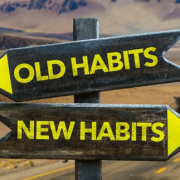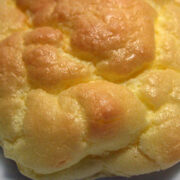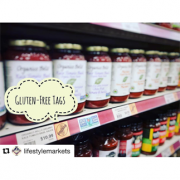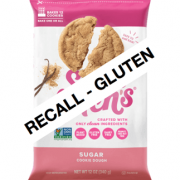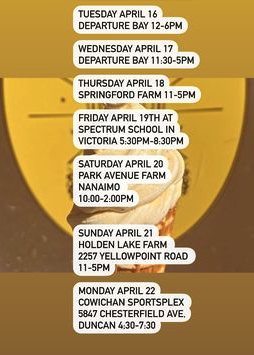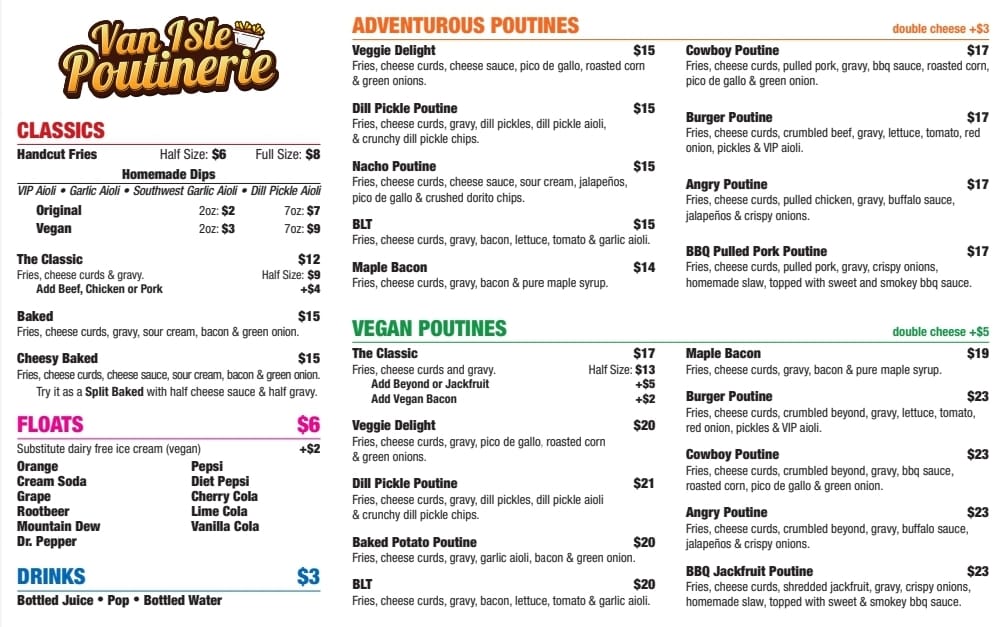FDA Warns Parents about Arsenic in Rice Cereal

Rice plants are particularly good at absorbing arsenic from the soil, in particular because they grow in a lot of water.Inorganic arsenic is a common ingredient in pesticides and other products used in farming, and can linger in the soil for a long time after it is used. It can be poisonous. In high doses it is lethal, but even small amounts can damage the brain, nerves, blood vessels, or skin — and increase the risk of birth defects and cancer. The CPSC report said that babies who eat two servings of rice cereal a day could double their lifetime cancer risk.
The FDA has been studying this problem, and has decided to propose a new upper limit, or “action level,” for inorganic arsenic in infant rice cereal of 100 parts per billion (ppb), consistent with levels recently set by the European Commission. It’s not just the cancer risk that worries the FDA. They are also concerned about studies that show babies exposed to inorganic arsenic, including exposures before they are born, have a higher risk of learning problems.
The infant and toddler rice cereals tested by the FDA had an average arsenic content of 103 ppb. Because that number is an average, it means that some of the cereals were lower — and some were higher. Brown rice has more arsenic than white because arsenic accumulates in the “germ” that is removed from brown rice to make white rice — so cereals and other products made from brown rice are particularly likely to be high in arsenic.
It’s not that we need to cut all rice and rice products out of our diet (although the CPSC report did suggest that children not drink rice milk). But we do need to think a bit differently about rice than we did before, especially with young children and pregnant women. Here is what the FDA and the American Academy of Pediatrics (AAP) suggest:
- While iron-fortified cereals are still a recommended first food for babies at around 6 months of age (babies only need breast milk or formula until 4 to 6 months), rice cereal isn’t the only choice and doesn’t need to be the first choice. Oat, barley, and mixed-grain cereals can provide iron too.
- It’s a good idea for toddlers to eat varied grains as well, not just rice — and for parents to be mindful of the rice (or rice syrup) toddlers may consume in “puffs” and other snacks marketed for them.
- Pregnant women should be sure to vary their diet and eat other grains besides just rice.
- To decrease the amount of arsenic in rice, cook it as you would cook pasta: cook rice in 6-10 parts of water to one part rice, and drain off the excess water. You may reduce some of the nutrient content, but cooking it this way can also decrease the arsenic content by 40% to 60%.
To learn more about why the FDA is taking this step, including links to studies and their testing data, check out their “Arsenic in Rice and Rice Products” page — and for tips from the AAP on how to reduce arsenic in your baby’s diet, check out healthychildren.org.
- *https://www.health.harvard.edu/blog/fda-warns-parents-about-arsenic-in-rice-cereal-201604059473
- Claire McCarthy, MD, Faculty Editor, Harvard Health Publications


